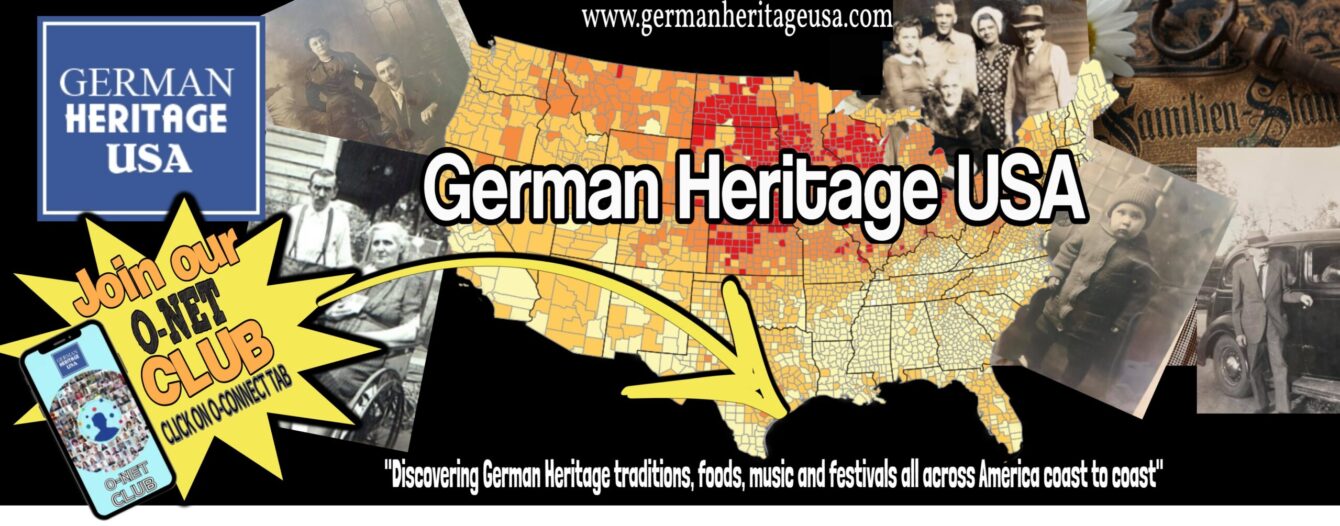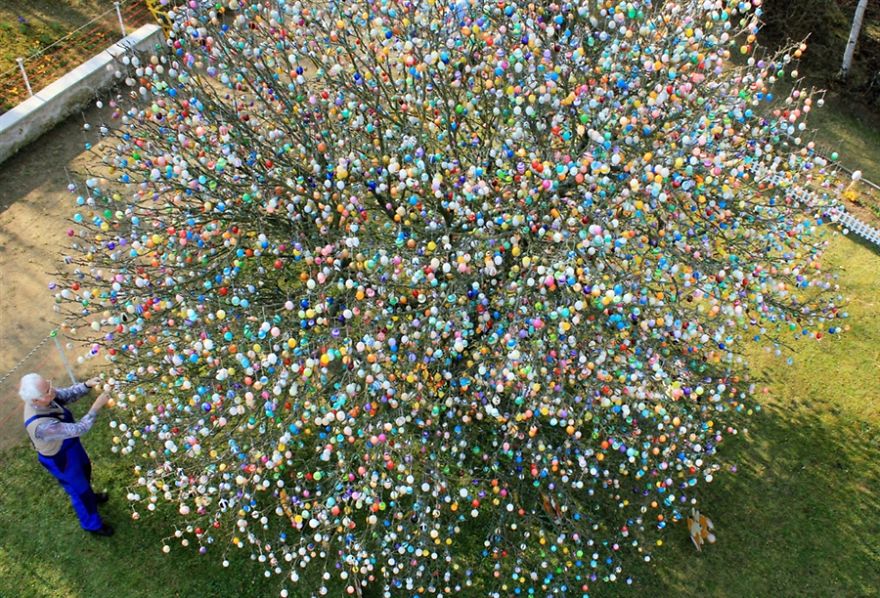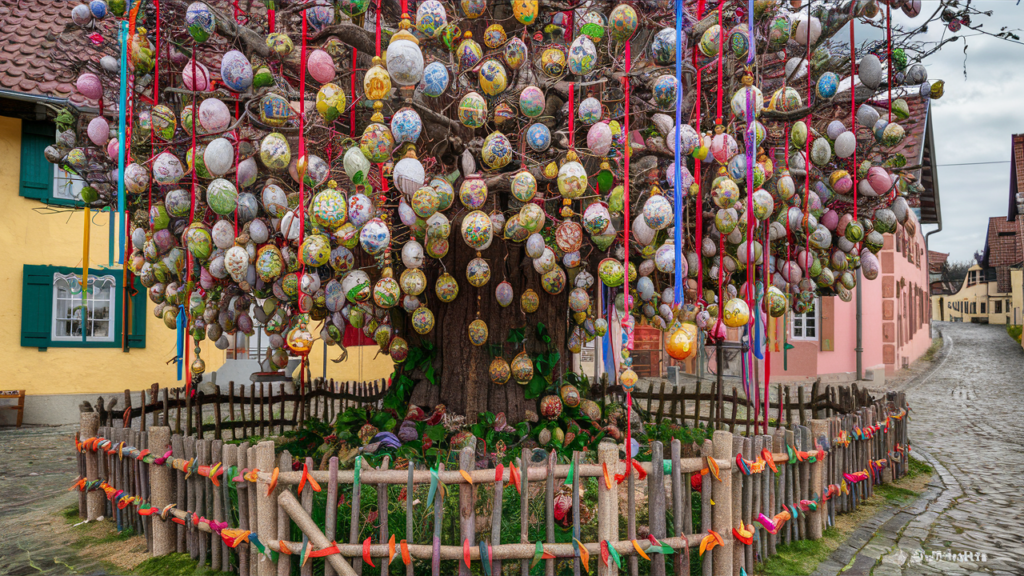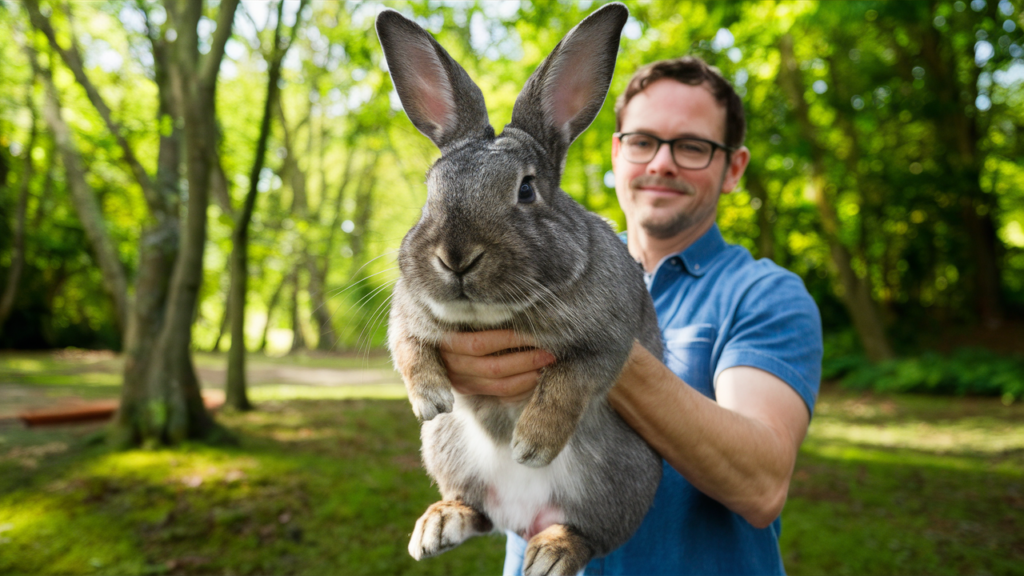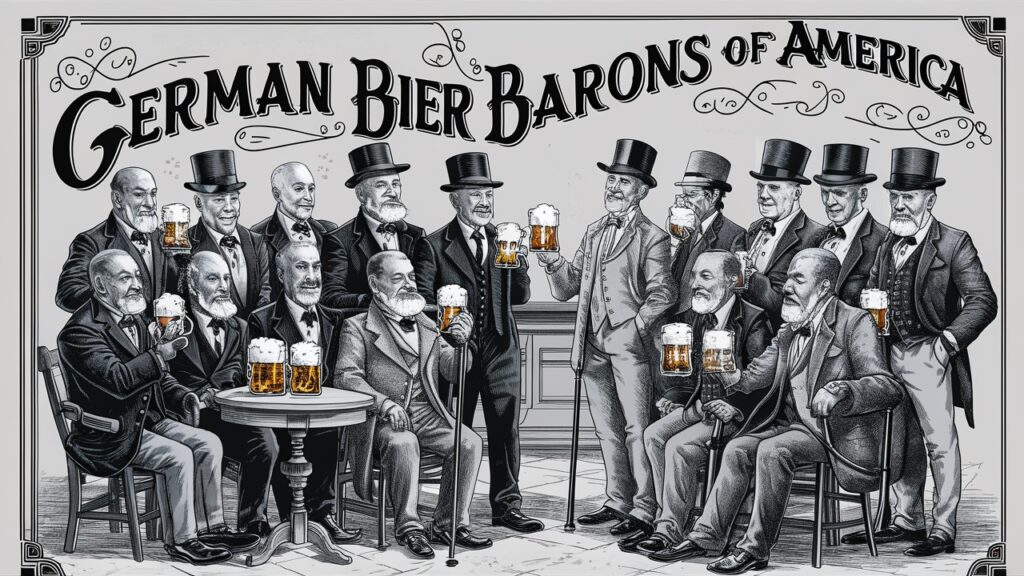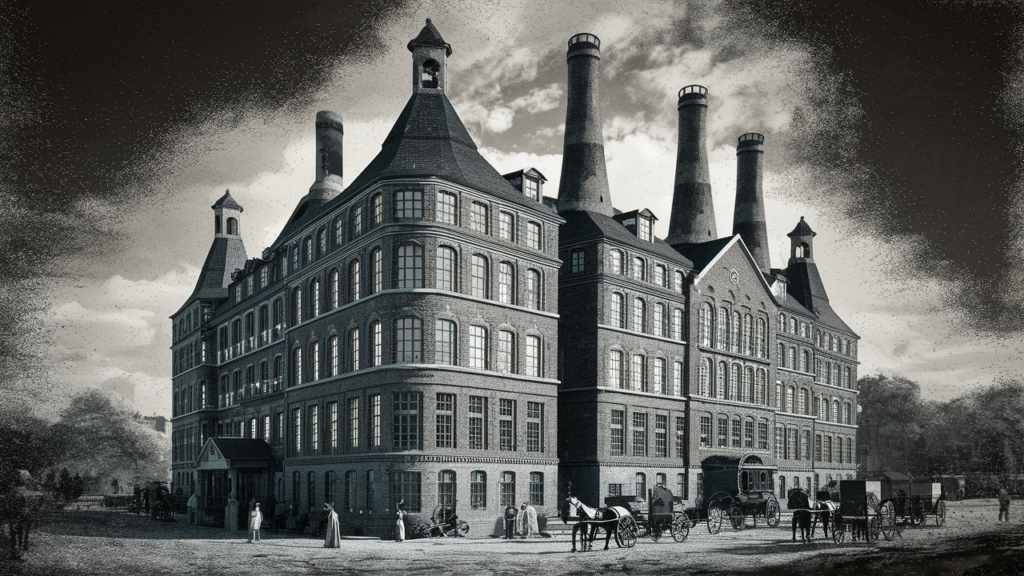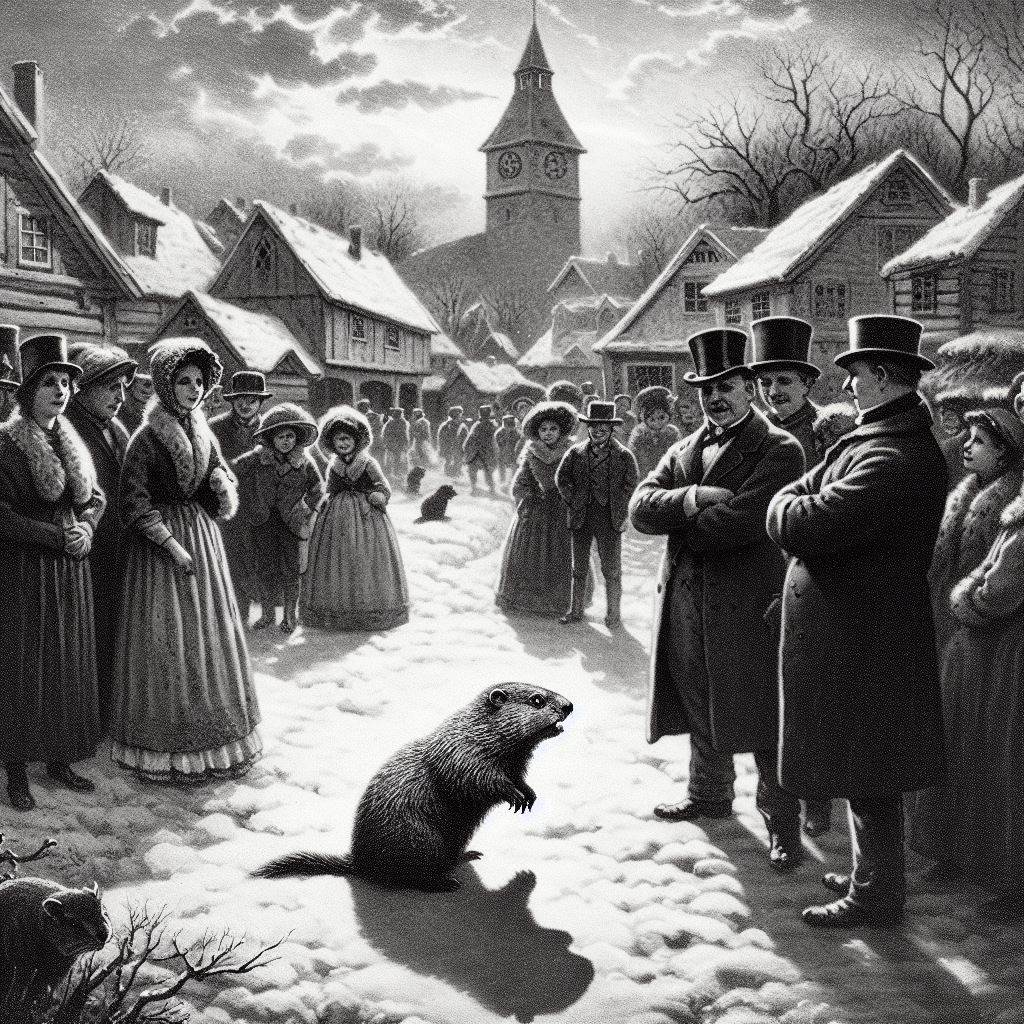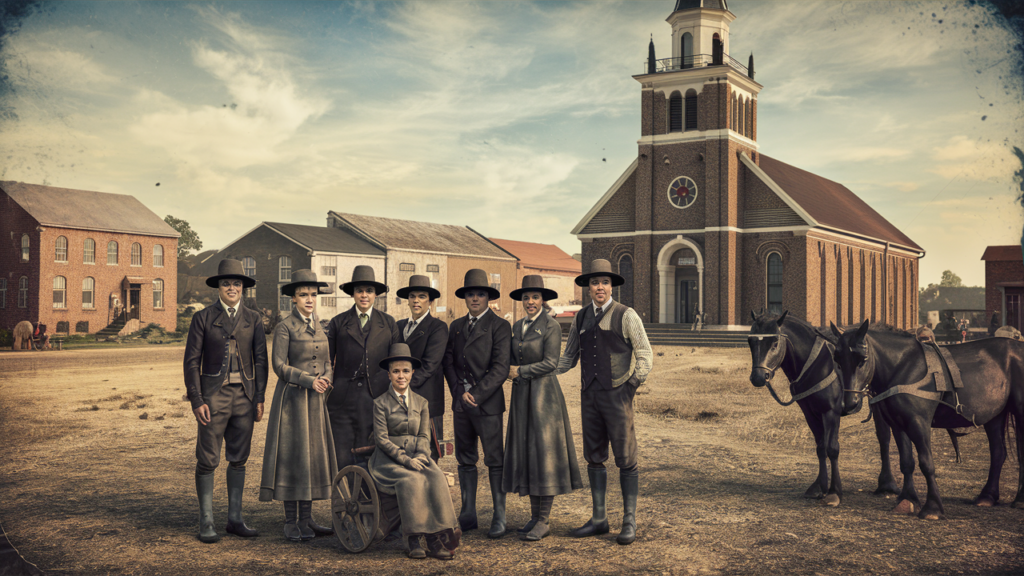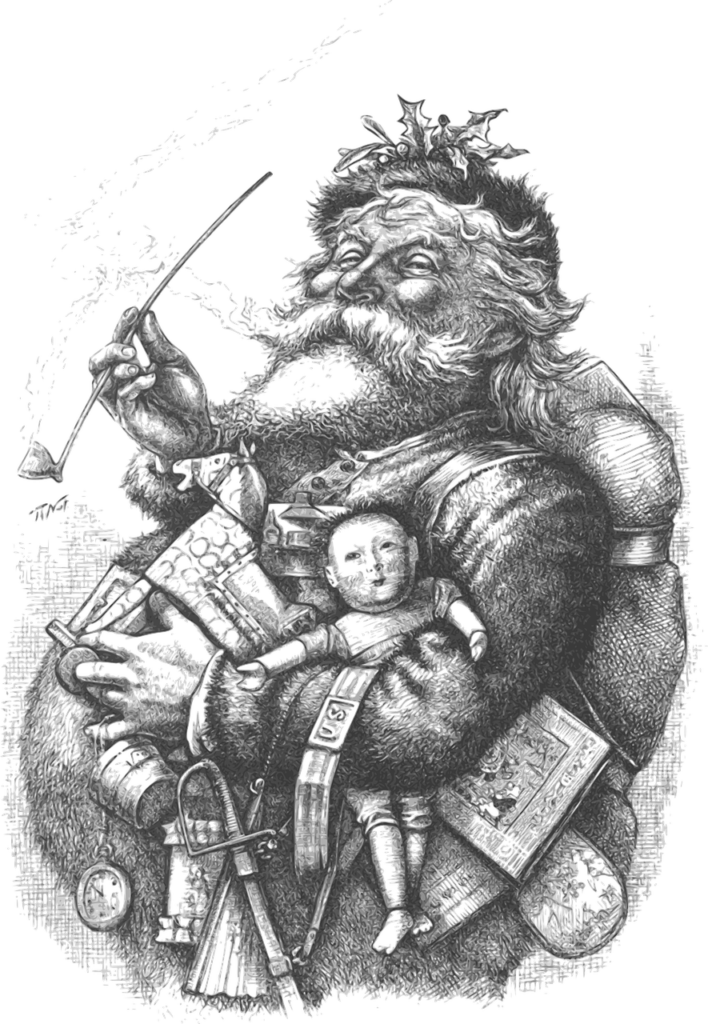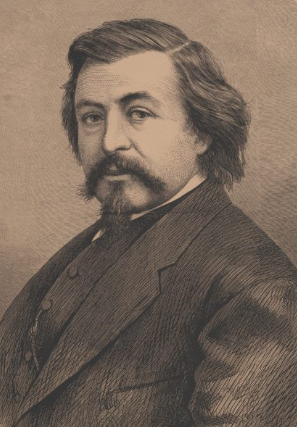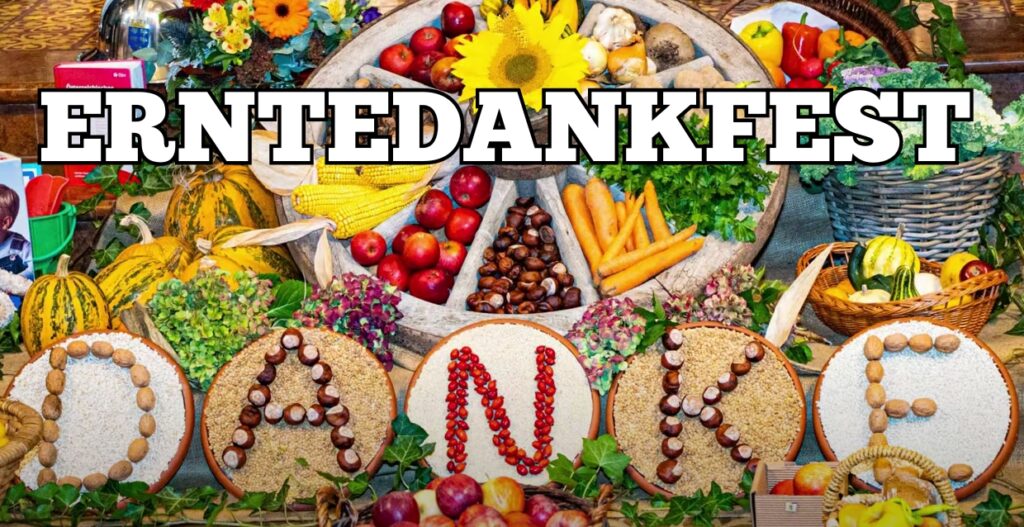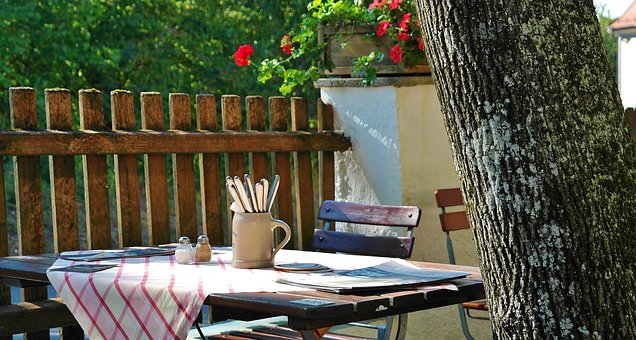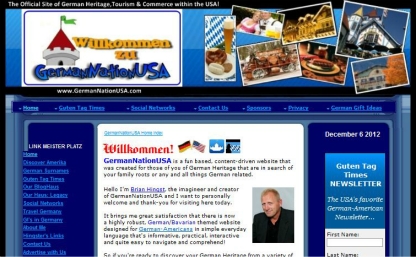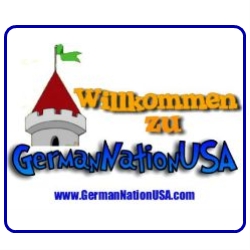Your German Heritage Is Calling You
Real time German Genealogy is paying tribute to your ancestors legacy today!
Our flagship website GermanNationUSA, in combination with the efforts of our growing GermanHeritageUSA network of websites and social platforms, is bringing an awareness of German Heritage history & family legacy to America all starting with your individual family German-Surname.
Introducing German Surnames Legacy Quest!

I’d like to invite you to join myself and thousands of other Americans with some German ancestry to celebrate your individual German Heritage through your own unique family SURNAME of German origin. If you have some Irish, English, or Italian in you too… that’s okay.
Just what exactly defines a true definition of a German-American?
Is it a German native coming to America eventually gaining citizenship… or an American (no matter what the percentage) with true German ancestry bloodlines?
Definition:
German-American – an American who was born in Germany or whose ancestors were German.
German Americans (Deutschamerikaner) are Americans of German ancestry. Americans of German ancestry form the largest self-reported ancestry group in the United States outnumbering the Irish and English with just over 60 million people, or 17% of the
U.S. population.
We usually identify German-Americans, or people of German ancestry typically from their last name, or surname. Often as someone with a German Surname is introduced to someone else for the very first time, they typically listen intently to the pronounciation of
your surname and usually will respond with, “Oh, that’s a German last name, right?”
Your German Surname (or last name) is part of your family legacy – and we want your family name to be recognized and immortalized as well within a most innovative virtual archive that we are creating online as a sort of tribute to all German Surnames.
The idea we’re proposing is to create is a virtual roadway comprised of thousands of cobblestone bricks & blocks that will ultimately lead to a massive virtual German Castle online. These cobblestone bricks & blocks will feature unique family German Surnames inscribed on them such as your own.
We have affectionately named this project our German Surnames Legacy Quest.

I’m sure that you have heard of a website that you can register and purchase a virtual star in our galaxy (with your name on it) from a star chart that has billions of choices to choose from.
It’s the same principal that we’re doing with German Surnames.
The technology these days is such where you can easily do that now and basically refer to it at any time online to show your family and friends your family German Surname Legacy Brick from your home pc, laptop or mobile device from anywhere in the world.
For us to create this virtual German CASTLE online, we need to hire the right team of graphic artist, software programmers and have the proper website infrastructure to handle the various programs and traffic demands to make it all happen seamlessly.
To properly fund this project we have created a crowdfunding page that explains things in greater detail plus shows you ways that you can help us spread the word to other people you may know of German Heritage. See our now active running campaign here:
http://www.indiegogo.com/German-Surnames
How exactly will this all work?
In our German Surnames Legacy Quest project, we will inscribe your German Surname on a virtual online cobblestone brick or block that will immortalize your German Heritage family surname for the ages. At the same time it’ll also pay tribute to your own family surname legacy too.
This virtual cobblestone roadway and Castle will only be the start of even greater things to come regarding our German Heritage related creation capabilities.
As you think about your family line of ancestors, you have to remember that as German emmigrants to America… they helped shape this great country with only their name, personal sacrifices and hard work to create and pave a better future for their children and grandchildren for family generations to come.
Now it’s time to pay homage and tribute to their foresight and return the favor by honoring your family German Surname with a small contribution. You can even purchase a brick for their name too, in their honor.
The contribution starts as low as one dollar. It’s just a buck to get your family surname on the proverbial map. Initially your name will be placed on a set-up listing on our flagship website at:
http://www.GermanNationUSA.com
The financial contributions recieved from our campaign will afford us financial flexibility to greatly accelerate our efforts to hire top notch designers and programmers to design, upgrade and enhance not only our German Surnames legacy page, but all of our other German Heritage related websites and social media platforms too.
All our sites will be networked together to promote our German Surnames Legacy Quest funding campaign. Again all names collected in our database will be on a simple listing untill our staff of programmers get our virtual Castle operational and ready to implement.
Got a German related business, organization, society or club like a restaurant, bakery, school German club, festival event, meet-up group? Now you can also contribute on a much larger scale with a “promotions block” and utilize that extra space as a marketing “pixel” tool to advertise or market yourself on.
Our initial goal is to attract a collective minimum of 100,000 people of German Heritage to register and contribute to our effort, however we also realize that there is such great interest of German Heritage across America, the potential here that we can realistically exceed that number our campaign turns viral within our social platforms like facebook, google plus, twitter, youtube, pinterest and more.
Keep in mind that we really have a substantial marketing base of 60 million people of German Heritage within the USA to promote to. That number does not include tributes to family ancestors, German ex-patriots across the world or actual German natives that would like their German Surnames represented as well to perhaps connect with long
lost cousins that made their way across the pond.
It’s our intention to one day network all German related businesses, groups, organizations and special events (like Oktoberfest) within the USA together.
We feel this exposure will bring about the German Heritage awareness, experience and history of how our German ancestors helped shape America and inspired the countless family traditions for millions of present day Americans.
Your German Heritage Is Calling You!
~ Prost! (cheers)
Brian Hingst
